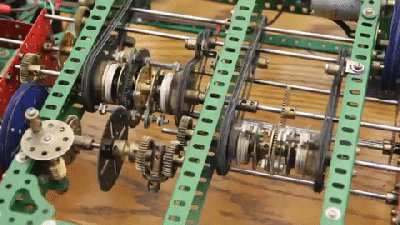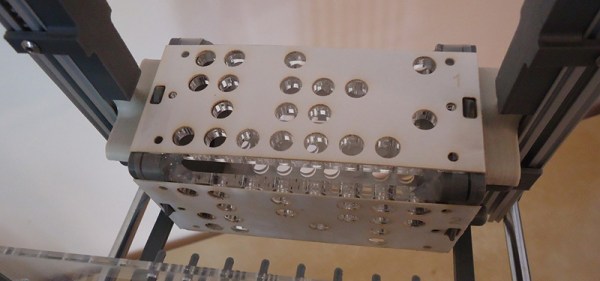Today, if you want to teach kids the art of counting to one, you’re going to drag out a computer or an iPad. Install Scratch. Break out an Arduino, or something. This is high technology to solve the simple problem of teaching ANDs and ORs, counting to 0x0F, and very basic algorithms.
At the Vintage Computer Festival East this year, System Source, proprietors of a fantastic museum of not-quite-computing equipment brought out a few of their best exhibits. These include mechanical calculators, toys from the 60s, and analog computers that are today more at home in a CS departments’ storage closet than a classroom. It’s fantastic stuff, and shows exactly how much you can learn with some very cleverly designed mechanical hardware.
Continue reading “VCF East: Before There Was Arduino, We Had Balls”



















